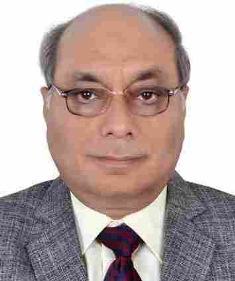About the course
The proposed course provides basic understanding about satellite based Remote Sensing technology. Presently, remote sensing datasets available from various earth orbiting satellites are being used extensively in various domains including in civil engineering, water resources, earth sciences, transportation engineering, navigation etc. Google Earth has further made access to high spatial resolution remote sensing data available to non-experts with great ease.
Intended audience
It is an Elective Course for Under graduate engineering and post graduate science students.
Pre-requisites
Current students of engineering students and current post graduate science students.
Industries that will recognize this course
Geoinformatics companies, e.g NIIT, ESRI India, Leica Geoinformatics, MapmyIndia etc.
